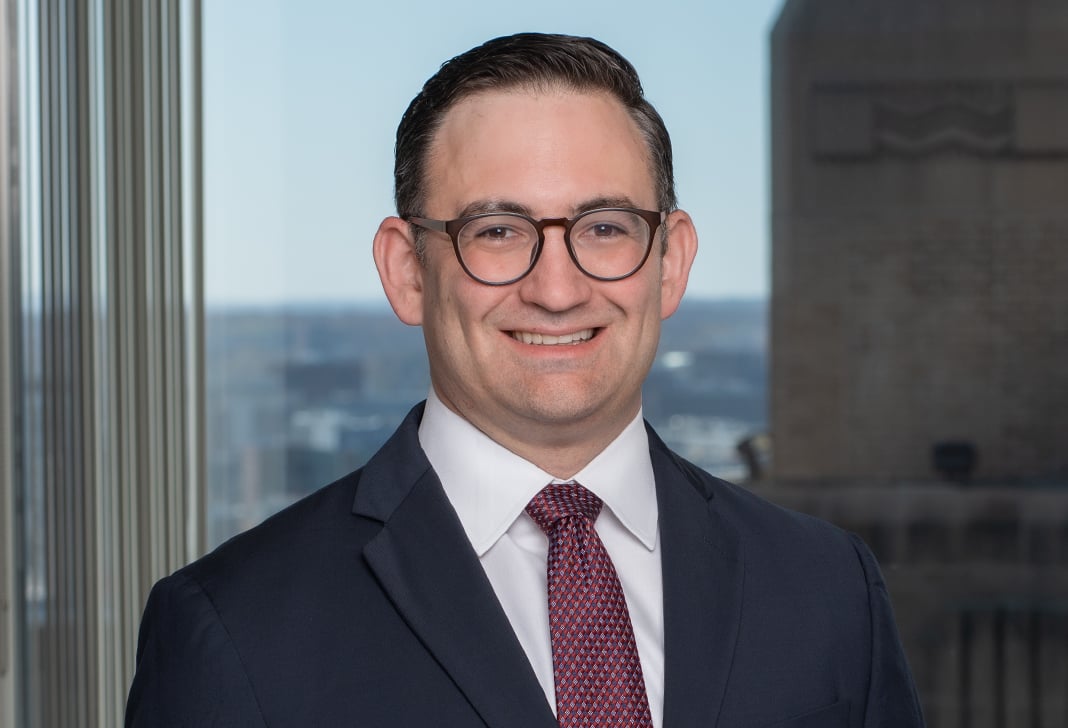
Inflation Reduction Act Expands the Carbon Capture and Sequestration Tax Credit
The Inflation Reduction Act of 2022 (the "Act"), signed into law on August 16, 2022, boosts the federal tax incentives for carbon capture projects. The Act increases the amount of the tax credit, eases the requirements for qualifying for the credit, and provides developers with more options for monetizing the credit.
The Act breathes new life into Section 45Q, the federal carbon capture tax credit, available to taxpayers capturing and sequestering qualifying carbon dioxide and other carbon oxides and claimed over a 12-year period. The credit was first enacted in 2008 but, despite several taxpayer-favorable changes in 2018, has not attracted as much investment in carbon capture projects as some had hoped. The Act seeks to remedy this problem by generally revamping the credit as follows:
- Larger Credit. The Act increases the maximum amount of the credit for capturing and sequestering carbon oxide from $50 per metric ton to $85 per metric ton (and $180 per metric ton for carbon dioxide captured using direct air capture technology). If a project is financed with tax-exempt bonds, the credit is decreased by no more than 15%, as opposed to 50% under prior law. These headline credit amounts, however, are subject to complying with prevailing wage and apprenticeship requirements.
- Qualifying Facilities. The Act significantly reduces the yearly threshold amount of carbon oxide that must be captured for a facility to qualify for the credit. For direct air capture facilities, the threshold is reduced from 100,000 metric tons to 1,000; for certain electricity-generating facilities, from 500,000 metric tons to 18,750 metric tons; and for other facilities, from 100,000 metric tons to 12,500 metric tons.
- Construction Start. The Act delays the deadline for starting construction of facilities and carbon capture equipment from December 31, 2025, to December 31, 2032.
- Direct Pay Election. The Act allows tax-exempt entities, including state and local governments, to claim credits as cash refunds (rather than offsets against taxes otherwise payable). The election is also available to other taxpayers, but only for a maximum of five years.
- Credit Sales. The Act allows taxpayers to sell credits tax-free by transferring the credits to other taxpayers in exchange for cash.
The changes will generally take effect for qualified facilities and carbon capture equipment placed in service after December 31, 2022.
The Act is expected to spur interest in carbon capture projects that may not have been as economically viable under prior law. Moreover, the two new options for monetizing credits—the direct-pay election and transferability of credits—will give developers more flexibility to finance carbon capture projects, and may reduce the need for these projects to rely on tax-equity investors.






